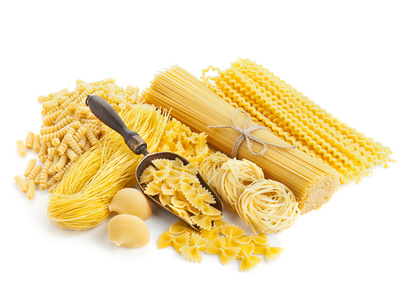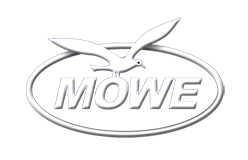The manufacture of pasta
Some facts:
Per capita consumption in Germany (2014): approx. 8 kg / year
Pasta production in Germany (2014): 310000 tons
Pasta consumption in Germany (2014): ca. 640000 tons
Popular pasta shapes in Germany
From more than 100 different Pasta shapes, the following are the most popular:
Spirals
Spaghetti
Ribbon pasta
Soup pasta

Definition
Pastas are arbitrarily shaped products, made from cereal milling products with or without the use of eggs and/or other ingredients by mixing, forms and drying without applying a fermentation or baking process.
They are sometimes treated prior to drying with hot water or steam.
(Source: Guidelines for the production of pasta)
The ingredients
Semolina is used as the main ingredient:
Durum wheat (Triticum durum) is a special type of cultivated wheat and makes up about 10% of the total wheat amount
It is grown in areas of southern Europe, North Africa, Asia Minor, North America and Australia.
Typical properties: hard, glassy grain, starch and pigment rich.
Spelt wheat, maize and whole meal wheat varieties are being increasingly used in the pasta industry
Chicken eggs
Liquid egg: pasteurised whole egg from an egg handling plant producing
Egg-Products: Dried egg, dried egg yolk, dried egg white, liquid egg protein
Water
Drinking water meeting the regulations for rinking water Möwe Teigwarenwerk Gmb
